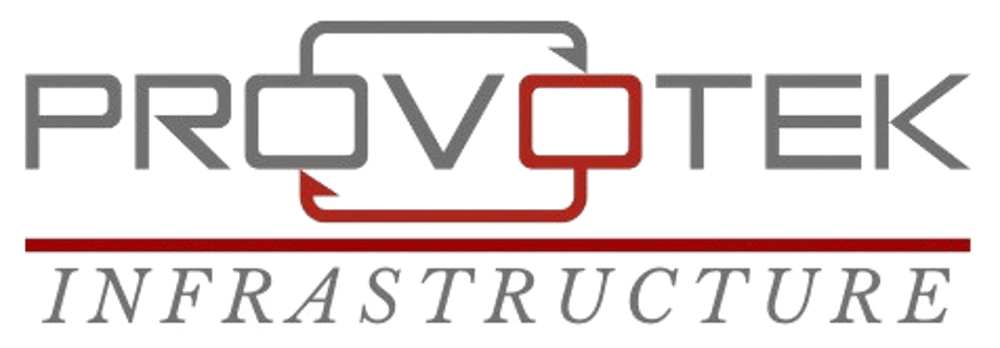In 4 Steps to Performance
1
Requirements Analysis and System Planning
Goal: Understanding and defining the system requirements.
Activities:
Discussion with the client or project team to determine the exact requirements for the PLC.
Analysis of the processes and machines to be controlled, e.g., which inputs, outputs, and communication interfaces are needed.
Selection of suitable PLC hardware and the network system (e.g., I/O modules, bus systems).
Definition of safety requirements and standards (e.g., emergency stop, protective devices).
2
Development of the PLC Program
Goal: Development of the control logic for system automation.
Activities:
Selection of the programming language standard (e.g., Ladder Diagram (LD), Function Block Diagram (FBD), or Structured Text (ST)) depending on the system's complexity and requirements.
Programming of the control logic based on the requirements analysis, including the logic for inputs, outputs, and the control of the machine or process.
Implementation of safety and protection functions (error messages, emergency stop).
Integration of communication protocols if external systems need to be connected (e.g., Profibus, Ethernet/IP).
3
Simulation and Testing
Goal: Verification of the functionality and correctness of the program.
Activities:
Performing tests in offline mode or in a simulated environment to ensure the programming functions correctly.
Testing of individual functions as well as the complete process control.
Identifying and correcting errors (debugging).
Conducting safety tests to ensure that all emergency shutdowns and safety mechanisms function properly.
4
Commissioning and Optimization
Goal: Integration of the PLC program into the real system and its optimization.
Activities:
Transferring the program to the PLC and commissioning the control system in a real-world environment.
Performing on-site tests to ensure the system functions as intended under real conditions.
Fine-tuning and optimizing the control logic for improved performance, energy efficiency, or user-friendly operation.
Training staff and handing over documentation for system operation and maintenance.
Questions? Answers.
This section is already divided into the most relevant topics. Please note that we are also happy to answer any additional questions in a personal conversation.
1. What is a PLC?
A PLC (Programmable Logic Controller) is a device used for controlling industrial processes. It processes signals from sensors and controls actuators such as motors or valves.
2. Which programming languages are used?
Ladder Diagram (LD) resembles a circuit diagram and is used for simple control systems. Function Block Diagram (FBD) uses graphical blocks. Structured Text (ST) is a text-based language for complex tasks. Sequential Function Chart (SFC) displays processes in sequences.
3. What is the difference between a PLC and a microcontroller?
A PLC is designed for industrial applications – robust and durable.
A microcontroller is used in everyday devices but requires additional hardware for industrial control tasks.
4. How is a PLC programmed?
A program is developed using PLC software. Then a simulation is performed to detect errors. After that, the program is transferred to the PLC and tested in practice.
5. What are the advantages of a PLC?
A PLC is reliable because it is built for harsh environments. It offers flexibility and enables real-time control to monitor processes precisely.
6. What are I/O modules?
I/O modules connect sensors and actuators to the PLC. They convert signals into data and control machines or processes.
7. What is a communication protocol?
A communication protocol defines how data is transmitted. Modbus is a standard protocol, Profibus is designed specifically for automation, and Ethernet/IP allows for fast transmissions.
8. What are common sources of errors?
Faulty logic can lead to unexpected behavior. Timing issues cause delays. Hardware defects impair control. Communication failures can lead to outages.
9. What tools are used?
For PLC programming, there is specialized software such as Siemens TIA Portal, Rockwell Studio 5000, and Schneider EcoStruxure. Simulators test programs in advance. HMI systems provide user-friendly interfaces.
10. What is the difference between PLC and SPS?
There is no difference. PLC (Programmable Logic Controller) is the English term, SPS (Speicherprogrammierbare Steuerung) is the German equivalent.
Made by Marius Hau

